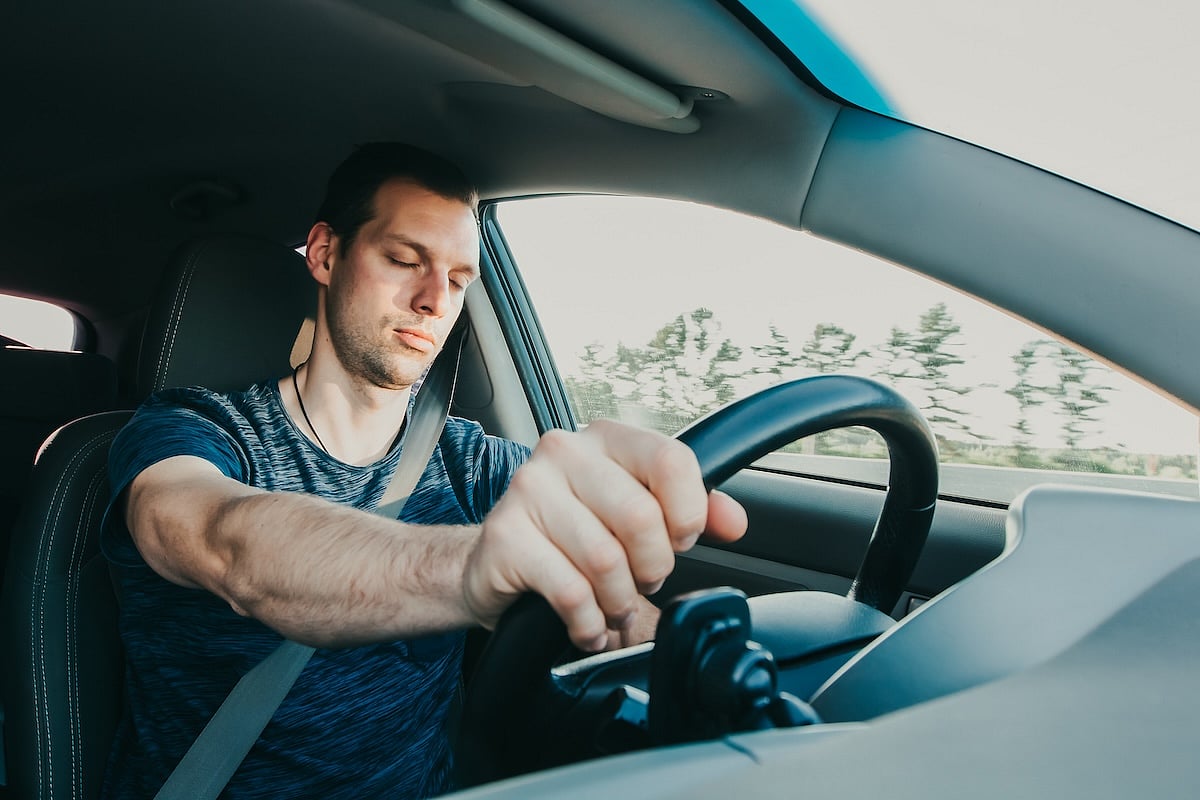You can login to access your prescriptions. If you do not see your profile, please re-add your account.
Manténgase sano!

- Posted October 26, 2025
Too Tired to Drive? Experts Warn It’s Just as Risky as Drinking
Nearly half of U.S. adults have driven while so tired it affected their ability to stay safe behind the wheel, a new survey finds, taking a risk that can be just as deadly as drunken driving.
In an American Academy of Sleep Medicine (AASM) survey, 41% of adults admitted they’ve been so drowsy while driving that it impaired their performance, including 50% of men and 33% of women.
“Drowsy driving is a serious health and safety risk, and like drunk driving, it is completely avoidable,” Dr. Andrea Matsumura, a sleep medicine physician and AASM spokesperson, said in a news release.
The AAA Foundation for Traffic Safety estimates that about 1 in 6 fatal crashes involves a drowsy driver. Adults aged 35 to 44 were the most likely to say they had trouble staying awake behind the wheel, with 47% in that age group reporting this experience.
Experts say the best defense against drowsy driving is simple: Get enough rest before hitting the road.
The AASM also recommends that adults aim for at least seven hours of sleep each night.
Other tips include:
Avoid driving late at night or for long stretches alone.
Switch drivers on road trips to prevent fatigue.
Pull over at a safe location and take a nap if you feel yourself drifting.
Ask for a ride after working a late shift or overnight job.
“If you catch yourself drifting into another lane or nodding off, it’s absolutely time to pull over and get off the road," Matsumura added.
Some warning signs of drowsy driving, according to Matsumura, include:
Struggling to keep your eyes open or stay focused.
Drifting into another lane or onto the shoulder.
Missing turns or traffic signs.
Following too closely or “nodding off” at the wheel.
More information
The National Highway Traffic Safety Administration has more on drowsy driving.
SOURCE: American Academy of Sleep Medicine, news release, Oct. 22, 2025






